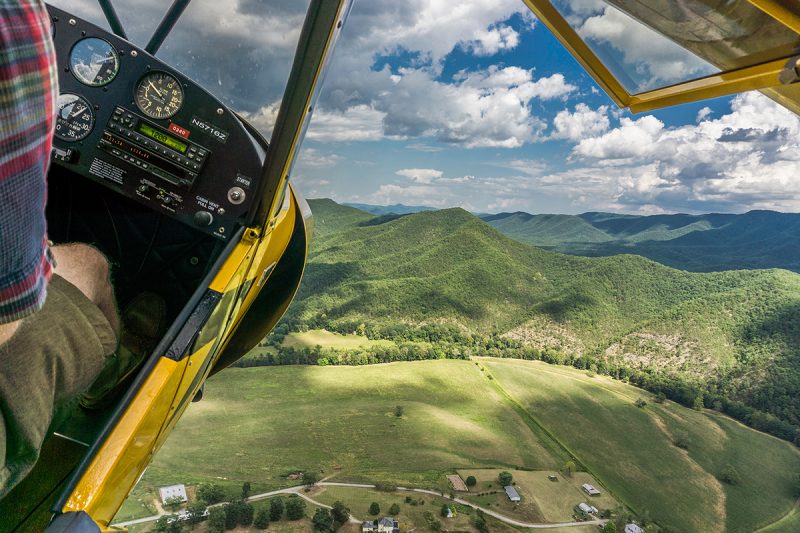Flying vehicles can be made available in 2024, but regulations in air traffic management remain an open question. According to the CEO of a technology company, this new form of movement may be commercially available to the public, but it needs to be regulated.
Hugh Martin of Lacuna Technologies, which helps cities create transportation policies, said there is a difference between when cars will be able to fly and when they will be safe and reliable for navigating the air. Depending on who has undertaken this task, its immediate implementation in the coming 2024 depends.
Some car companies have of course developed aerial vehicles, including the Chinese electric car maker Xpeng and Fiat Chrysler. Many will be able to acquire flying cars, but most will most likely continue to run on electric vehicles or drive automatic cars.
Vehicles that don’t need to get off the ground may be safer, however, and able to carry more people, the tech CEO said. Their application is also more useful for the transport of goods and parcels.
Regulations
Cities are still “increasingly concerned” about how they will manage the movement of flying cars in the future, Martin added. The regulatory rules that have been developed for the use of drones, flights and places or licenses could, however, be extended to the case of flying taxis, for instance.
The regulations could be about where vehicles would be allowed to take off, land or travel, whether they would be able to fly at any time or only at the specified times and how far the cars should be from each other. This will definitely take a long time to get organized having taken into account all the factors.
In the USA the Federal Aviation Administration and NASA are already working with drone and air taxi providers to consider how air traffic will apply in the future and based on existing airports that can support something similar.

